
Pocket Park
For this project we are to take a piece of land near our school or community and transform it into a pocket park. The pocket park most not be any larger than 14,500 square feet. A pocket park, according to the dictionary, is a very small park or outdoor area for public leisure, especially an urban plaza or courtyard with benches and fountains. So, it is basically a normal park just in a more compact manner.
I plan to have an urban park to go with the changes that are going on in my hometown, Las Vegas. I want it to bring an oasis to the desert feeling that we constantly have throughout the year.Not only do I want it to be an oasis, but I also want to help conserve water. I plan to do this by using plants that do not require constant watering and that can live in the desert climate that Las Vegas is known for. I think that the best way to make this a modern park is to use colors and shapes to bring some color to the bland neutral colors that the desert is known for.
I plan to have an area where people can go and sit and play or eat in the shade, provided by a canopy. The park will be cyclist friendly and i will therefore have a bike shelter. This will help the bike from getting to hot in the desert sun. There will also be a playground for children to play in. I also plan to have an area in which people of all ages can go and relax. A place where they can meditate or just sit an relax.
To community seems to be growing according to the increase in home sales in the area. Also, this area is predominately a Hispanic neighborhood. Here many different types of families can go and spend time with their children at the park.
The plants that will be chosen will be plants that are mostly self sufficient and need very little taking care of. These plant will be desert plants like the Arizona Ash tree and others. I also plan on making this a green park. This is to help give the oasis feeling to the park. The park will also have ornamental grasses that are water saving and low maintenance like the Blue Grama grass and others like it.
Although the park will be a green park, the type of plant will be those that help save water. Not only that, but the oxygen that will be created by the plants will help the pollution that is in the city. This will help kids, and other age groups, that have breathing difficulties to breath better. .
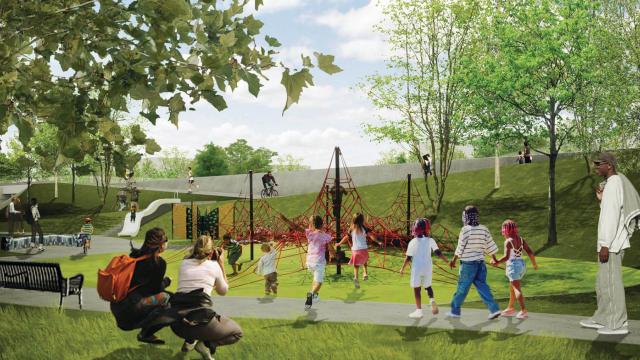
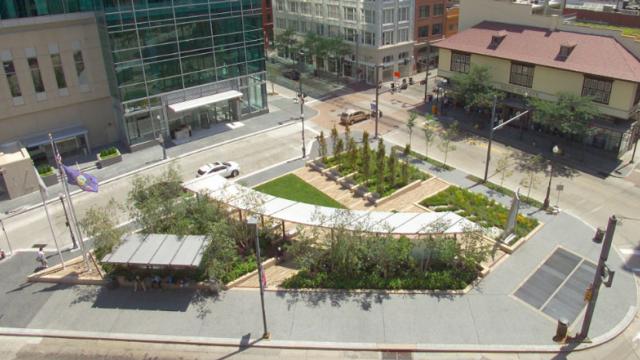


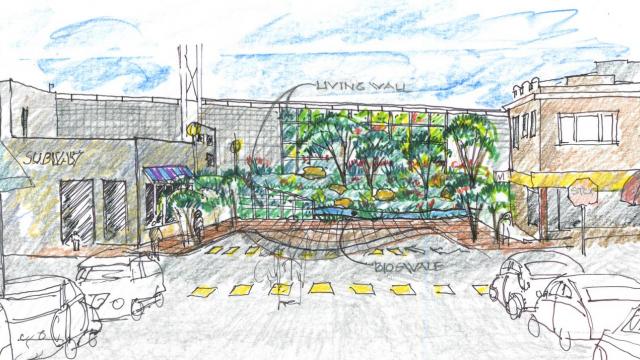

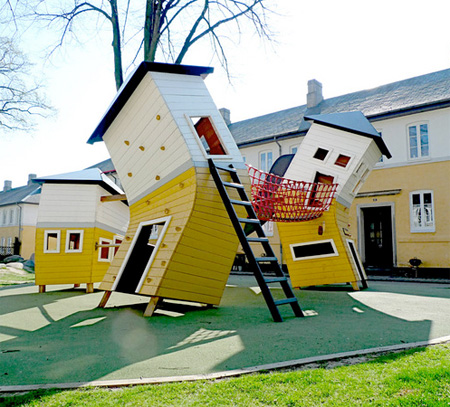

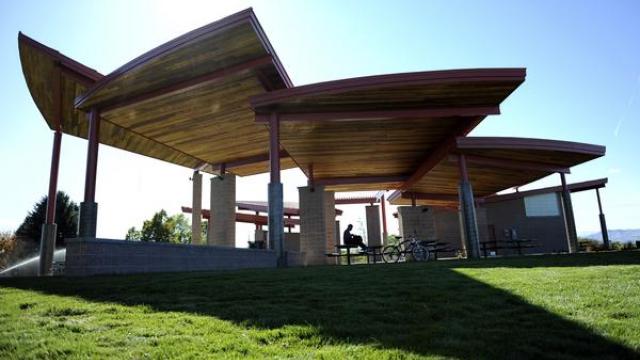


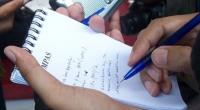
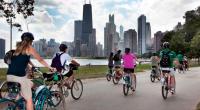






.jpg)
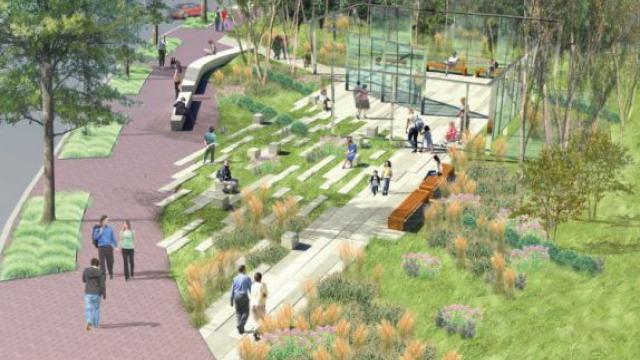
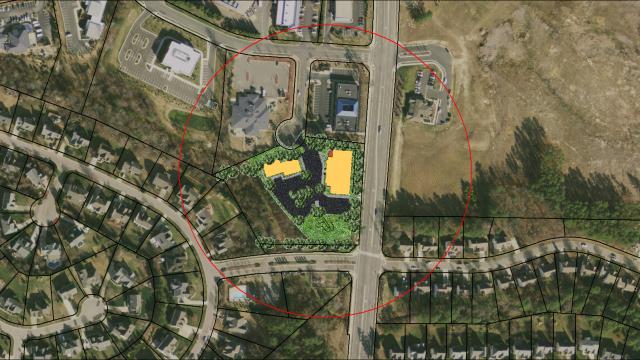
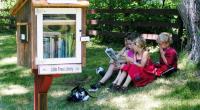
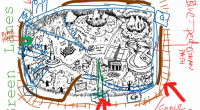






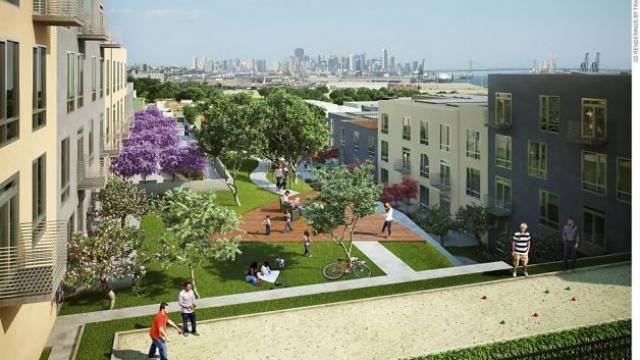
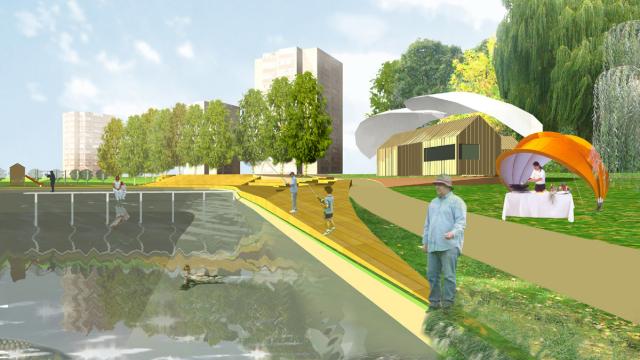







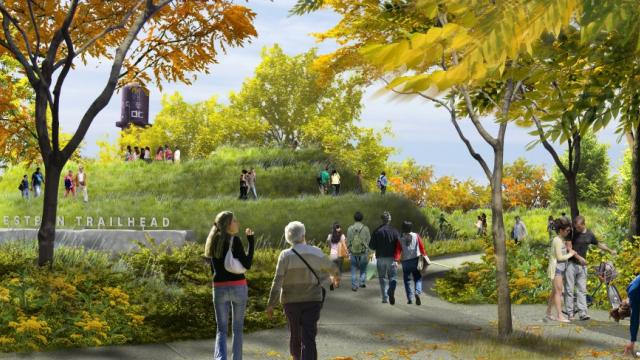
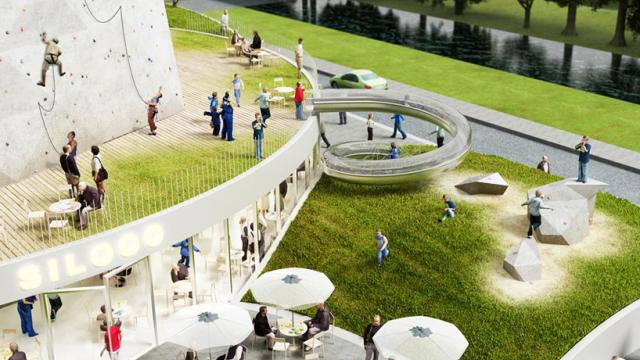
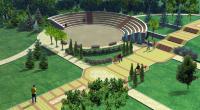






Comments
Your overview is both fantastic and reasonable. Pocket parks are meant to be simple and seamless in their environment, which you have outlined well.
Conserving water through the use of specific plant species was impressive in your research. The park design has many different uses and features which will successfully draw many users from the community.